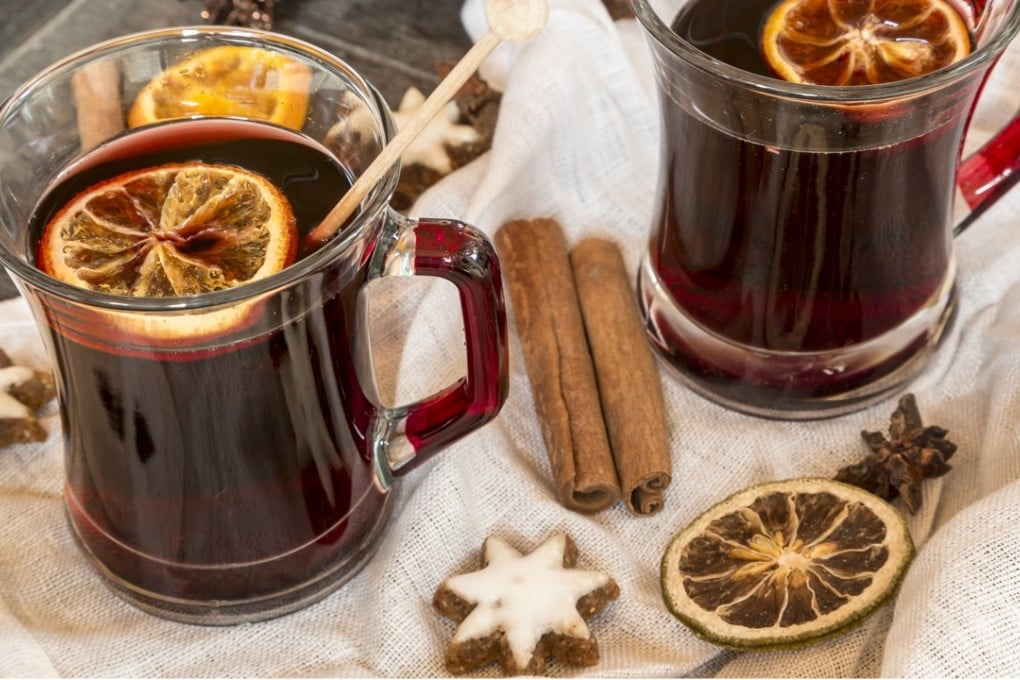Grape & Grain | Some like it hot: sipper’s guide to mulled wine, a Christmas favourite
It seems every nation has its own version of the spiced drink. Hong Kong master sommelier Nellie Ming Lee offers her recipe

Sipping mulled wine is a tradition that is enjoyed in many countries during cooler weather.
It is made by infusing spices and fruits with red wine and can be served hot or cold.
One thinks of mulled wine as thequintessential British drink to be enjoyed in front of a roaring fireplace, but there is record of it from Rome in the 2nd century. Wherever the Roman legions roamed, they brought their wines and no doubt warmed them to drink on cold nights.
In England, the 1869 edition of Mrs Beeton’s Book of Household Management had one of the earliest published recipes for mulled wine, listing cloves, nutmeg, cinnamon and mace as the spices and carrying strict instructions on how the “vessel that the wine is boiled in must be delicately cleaned …as if the latter are not scrupulously clean, they spoil the wine, by imparting to it a very disagreeable flavour…”

The Germans call their version Gluhwein, which roughly translates to glow-wine. This got its name from the hot irons that were used for mulling – they were heated till glowing hot then immersed into a metal tankard containing the infused wine. The Teutonic version uses cinnamon sticks, cloves, star anise, citrus, sugar and vanilla pods. Mit schuss means that a shot of rum or other spirit is added. Wines made from other fruits such as cherries, blueberries and plums can also be used.
